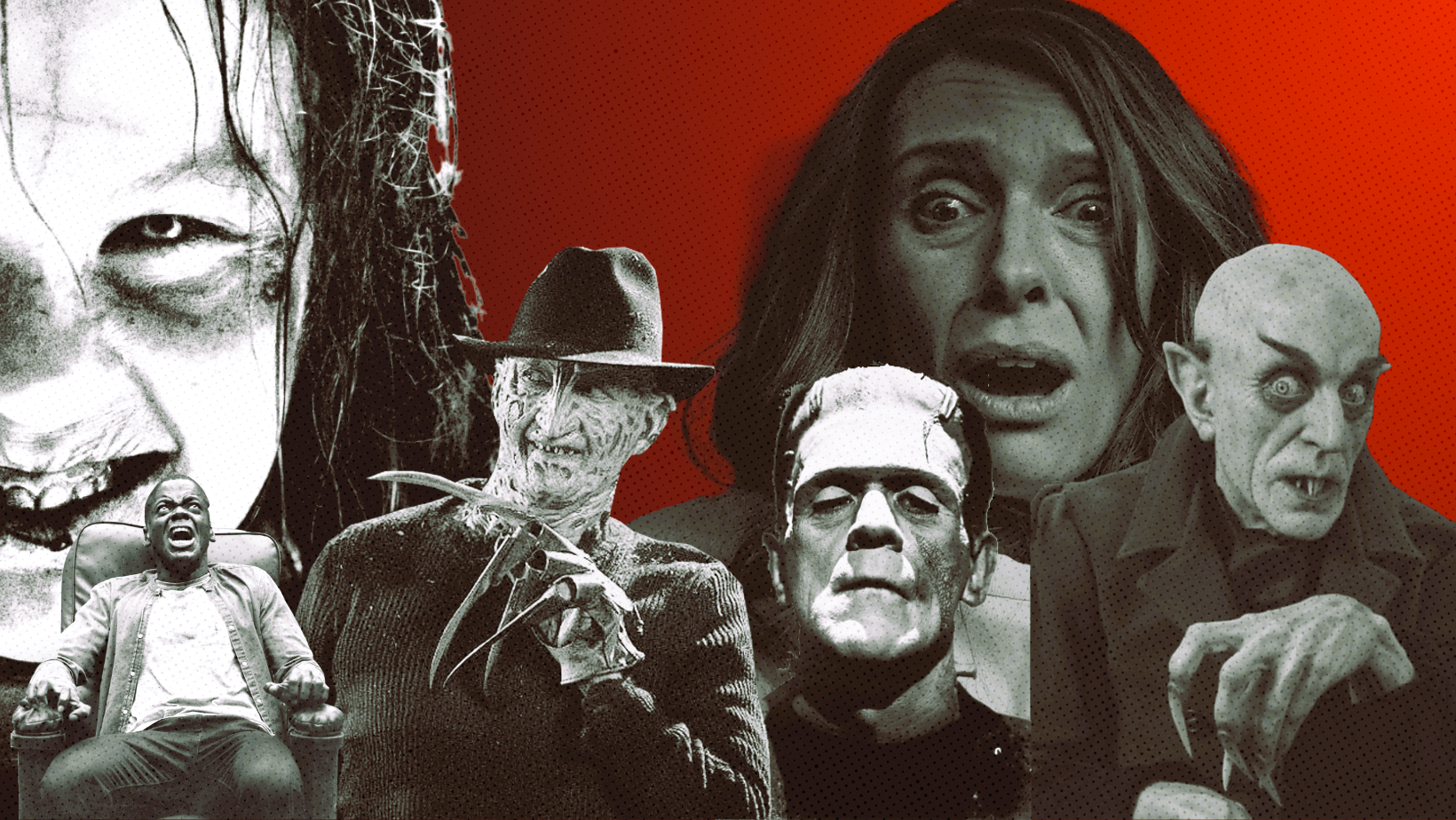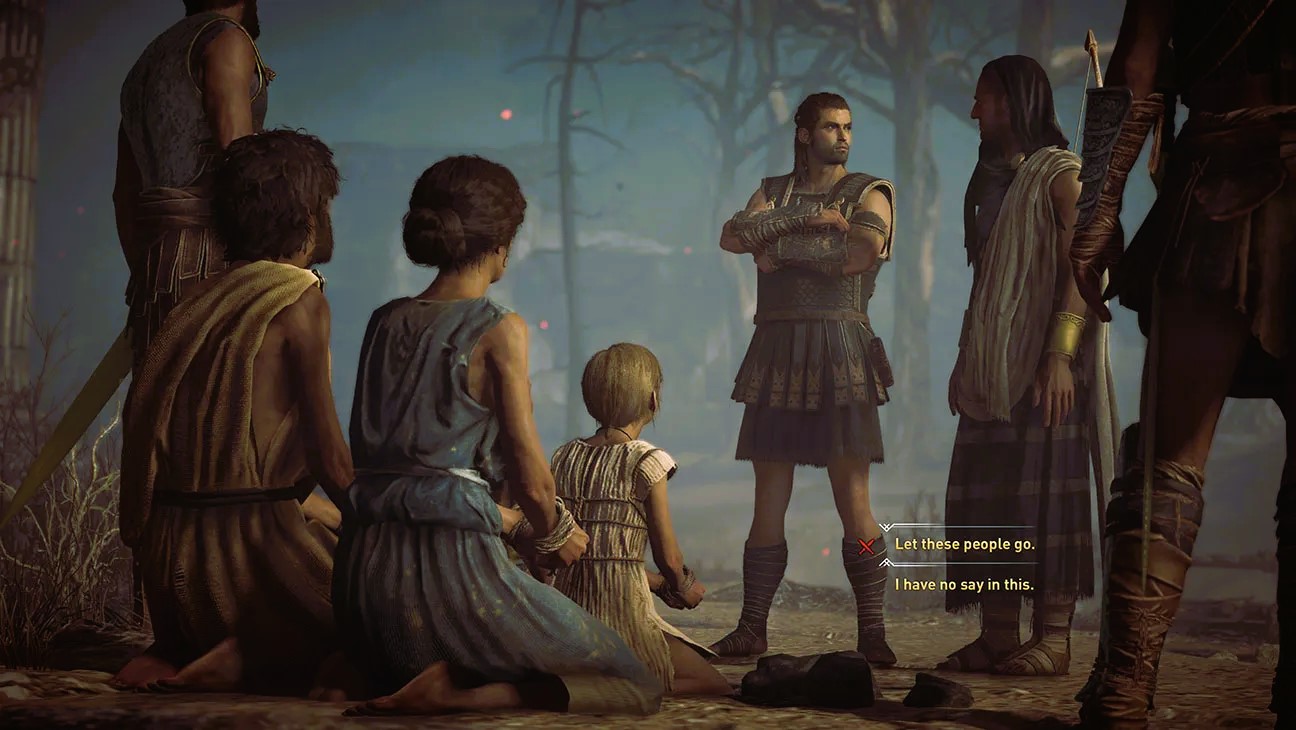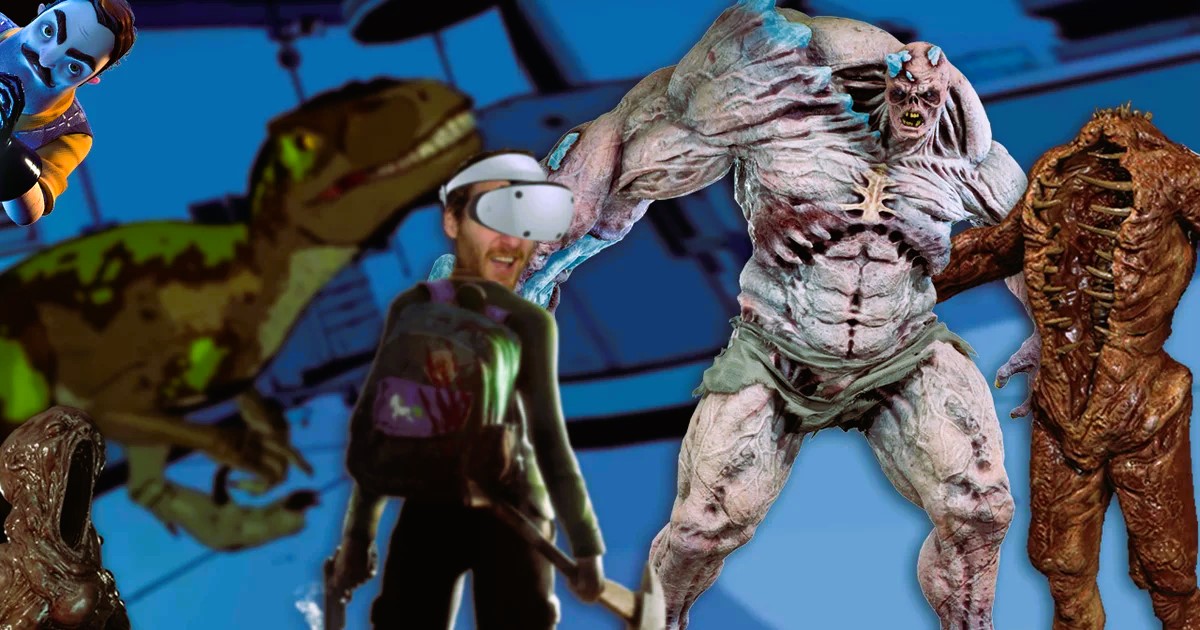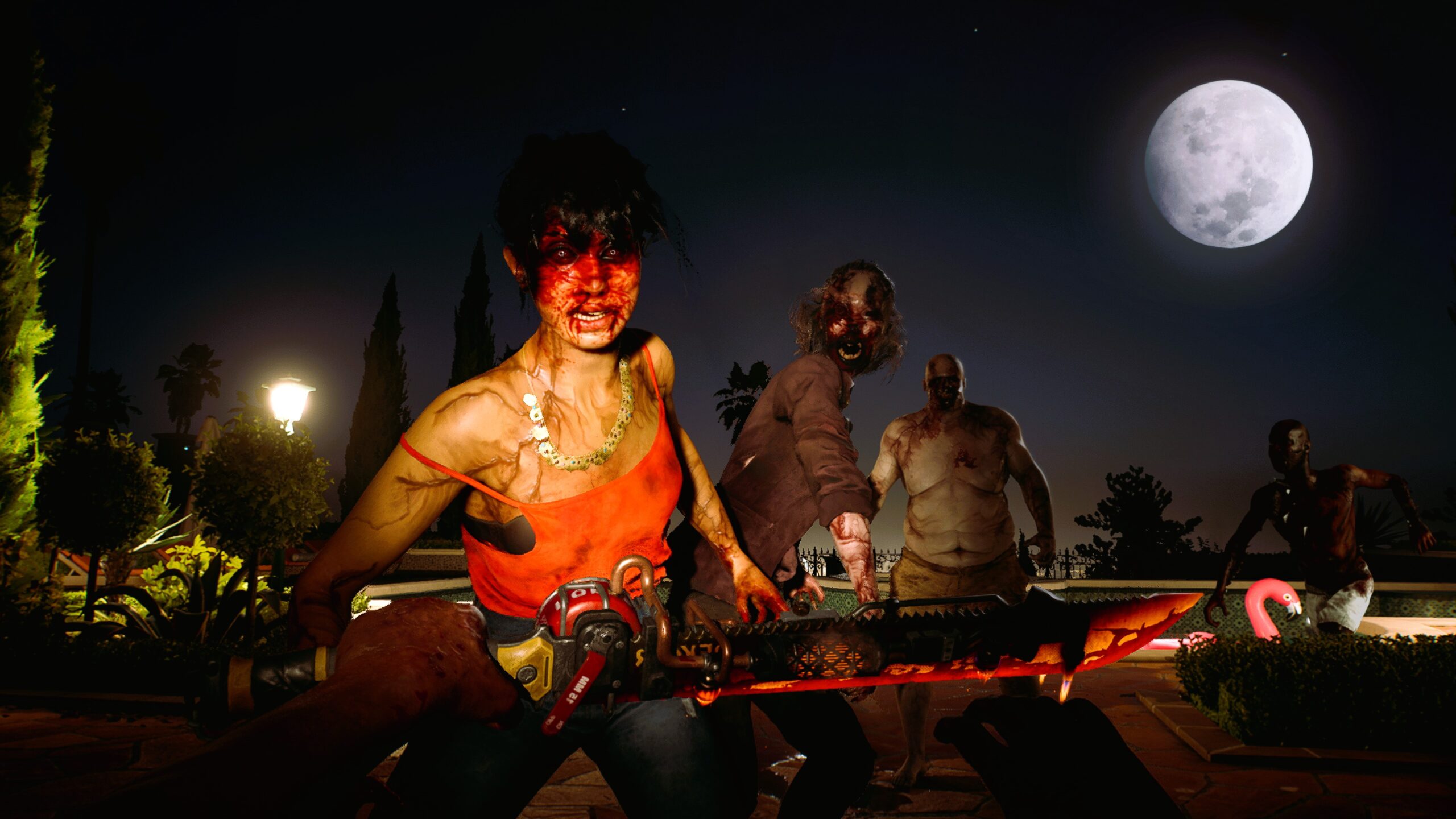Horror films have captivated audiences for over a century, evolving from eerie silent films to high-budget productions filled with psychological depth, advanced special effects, and social commentary. Each decade has brought new approaches to storytelling, fresh fears to exploit, and groundbreaking technical innovations that have reshaped the genre. In this article, we’ll explore the key transformations of horror films from the 1920s to today.
The Silent Era (1920s): Expressionism and Monsters
The 1920s marked the birth of horror cinema, heavily influenced by German Expressionism. Movies like The Cabinet of Dr. Caligari (1920) and Nosferatu (1922) relied on exaggerated shadows, distorted sets, and unsettling performances to create an eerie atmosphere. The horror in these films came from their visual surrealism, emphasizing psychological unease rather than graphic terror. With no dialogue, filmmakers used exaggerated acting and atmospheric lighting to evoke fear.
The Golden Age of Monsters (1930s–1940s): Universal Horror
The 1930s and 1940s introduced iconic monsters that remain horror staples today. Universal Pictures led the way with classics such as Dracula (1931), Frankenstein (1931), and The Wolf Man (1941). These films established horror archetypes, with elaborate sets and dramatic performances. Sound became an essential tool, with eerie scores and chilling voice performances heightening the scares. The period was defined by gothic horror, where supernatural creatures embodied deep-seated fears of the unknown.
Atomic Horror and Sci-Fi Influences (1950s–1960s)
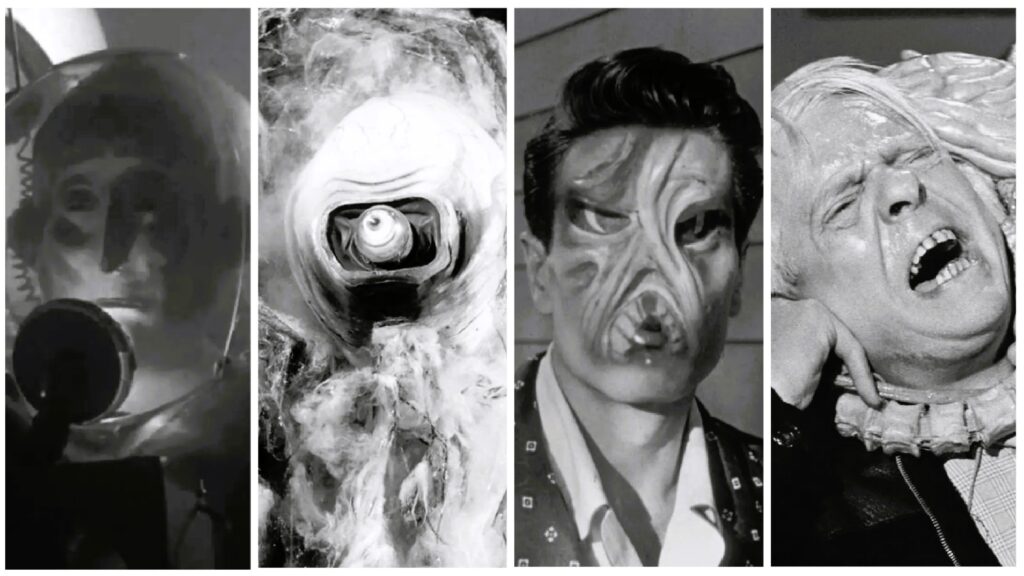
The post-war era saw horror reflecting societal anxieties about nuclear weapons and scientific advancements. Films like Godzilla (1954) and The Blob (1958) depicted creatures mutated by radiation, playing on Cold War fears. Meanwhile, Alfred Hitchcock revolutionized the psychological horror genre with Psycho (1960), showing that terror could come from real-life monsters—murderers lurking in the shadows.
By the late 1960s, horror took a darker turn with Night of the Living Dead (1968), which introduced the modern zombie and incorporated themes of social unrest. It was also one of the first horror films to embrace extreme violence and gore, a trend that would grow in the following decades. 10 Scariest Horror Games of All Time, read more in our article.
The Birth of Slasher Films (1970s–1980s)
The 1970s and 1980s saw horror become grittier and more brutal. Films like The Texas Chainsaw Massacre (1974) and Halloween (1978) established the slasher subgenre, where masked killers stalked their victims in increasingly gruesome ways. The trend continued into the 1980s with Friday the 13th (1980) and A Nightmare on Elm Street (1984), introducing horror icons like Jason Voorhees and Freddy Krueger.
The decade also embraced body horror, with directors like David Cronenberg (The Fly, 1986) using grotesque transformations to explore themes of identity and decay. Meanwhile, horror-comedies such as Evil Dead 2 (1987) experimented with blending gore and humor, expanding the genre’s appeal.
Psychological Horror and Meta-Horror (1990s–2000s)
The 1990s marked a shift toward psychological horror and self-awareness. Films like The Silence of the Lambs (1991) and Se7en (1995) focused on psychological terror, emphasizing serial killers and crime rather than supernatural entities. At the same time, meta-horror emerged, with Scream (1996) deconstructing slasher tropes while revitalizing the genre.
The early 2000s saw a resurgence of brutal horror with the rise of “torture porn” films like Saw (2004) and Hostel (2005), which pushed the boundaries of graphic violence. Simultaneously, found-footage horror gained popularity with The Blair Witch Project (1999) and Paranormal Activity (2007), using shaky camerawork and realism to enhance fear.
The Modern Era (2010s–Present): Elevated Horror and Diverse Storytelling
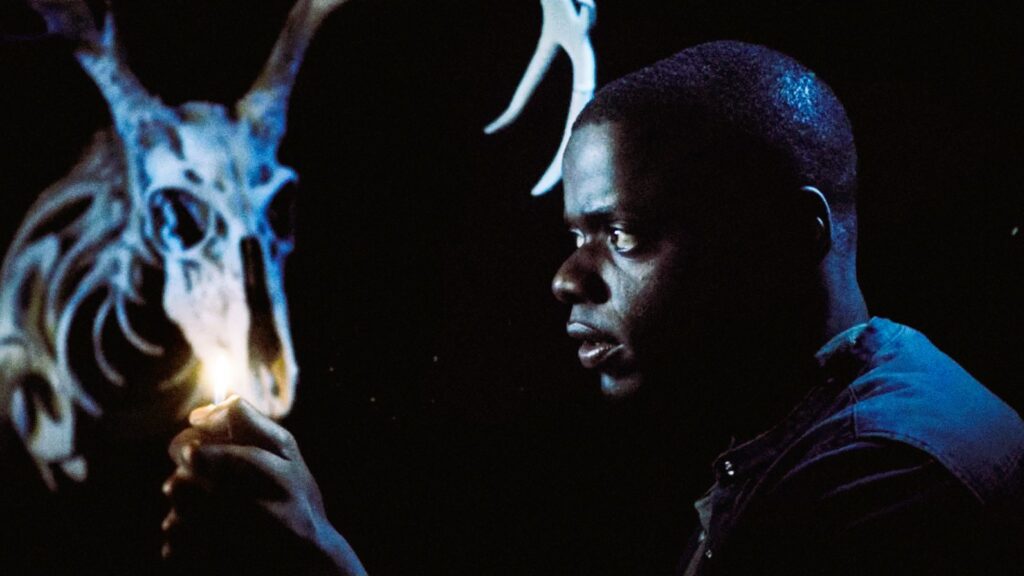
Today’s horror landscape is more diverse than ever, blending psychological depth with social commentary. Directors like Jordan Peele (Get Out, 2017) and Ari Aster (Hereditary, 2018) have pioneered “elevated horror,” which uses traditional horror elements to explore societal issues, family trauma, and psychological distress.
Meanwhile, international horror films have gained recognition, with South Korean hits like Train to Busan (2016) offering fresh perspectives. The genre has also embraced the rise of streaming platforms, allowing independent horror films to thrive and reach wider audiences.
Horror has come a long way from its silent film origins, evolving with technology, cultural shifts, and changing audience expectations. Whether through psychological terror, supernatural creatures, or social commentary, horror remains a powerful genre that continues to adapt and terrify. As the industry moves forward, horror will undoubtedly find new ways to push boundaries and keep audiences on the edge of their seats.
For more on the history of horror films, visit Wikipedia’s Horror Film Page.

